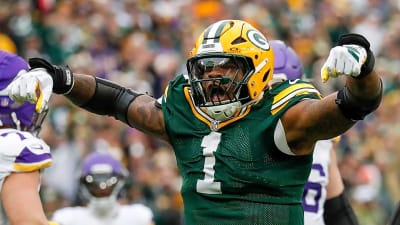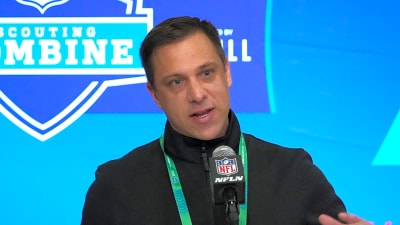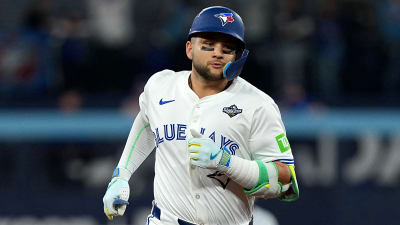
Suns made massive mistakes this offseason that could hurt the franchise long-term
The Phoenix Suns had one shot to restock their roster and rebuild with clarity after a disappointing 36-46 season. Trading Kevin Durant to Houston for Jalen Green, Dillon Brooks, the No. 10 pick and five second-rounders looked like a reset. But did Phoenix really walk away with enough to justify letting go of a future Hall of Famer?
Phoenix failed to make the playoffs for the first time since 2020 and fired coach Mike Budenholzer. That led to Durant’s exit. Yet the return package has holes.
Green, a former No. 2 pick, was Houston’s breakout scorer, averaging 21 points, 4.6 rebounds and 3.4 assists in 82 games last season — but shooting just 42.3 percent from the floor and 35.4 percent from deep. Dillon Brooks offers grit, but both are injury-risk veterans on imperfect contracts.
Green did hit playoff fireworks — a 38-point explosion on eight threes against the Warriors in Round 1. But the Suns don’t need volume scoring — they need fit. In Phoenix, Green immediately becomes the starting point guard because they lack a better option. Putting him next to Booker feels internally controlled, not visionary.
The glaring misstep? Phoenix failed to acquire players like Reed Sheppard (a former top 3 pick), Cam Whitmore and even Jabari Smith Jr. — all prospects with spacing, IQ and two-way upside that align better with Booker. Instead they accepted Houston’s deal to “get it done” for Durant. It feels like they let Durant’s preference drive the offer rather than sound strategy.
Being saddled with Green — who now takes up over 20 percent of salary cap space — limits flexibility. Phoenix has almost no draft capital until 2032 and still carries Bradley Beal’s dead cap after his buyout. The Durant project collapsed. This return package doesn’t give them much assets, youth or flexibility — they traded a star for a stopgap scorer and minimal lottery-grade youth.
Now Green must beat impossible odds. In Houston he was the main guy — they built around him. In Phoenix, Booker dominates the offense. Judging by the past four seasons, Green has never shown rhythm as a lead facilitator. Expecting him to mimic CP3’s chemistry? Unrealistic.
In the modern NBA, trades like this define future direction. The Suns could’ve locked in quality young pieces to surround Booker with spacing, defense and upside. Instead, they’re locked into Green-centric structure with almost no flexibility. If Green struggles — and he has accuracy issues — they won’t have relief options without trading more pieces.
This deal arguably sealed a multiyear rebuild. But not the one fans hoped for. We’re left asking: Did Suns management truly maximize that moment or just settle for a subpar return to cut losses?
They missed the chance to reshape their timeline. Now, if things flop, it won’t be Durant who looms large — it’ll be the decision-makers who accepted a weak package. And for a franchise already criticized for chasing stars over structure, this offseason may look like a major setback — not a reset.
More must-reads:
- Phoenix Suns 'hidden gem' for 2025-2026 season revealed
- The post-draft, post-free agency NBA team power rankings
- The 'Most points in a game by NBA team in 2024-25' quiz
Breaking News
Trending News
Customize Your Newsletter
 +
+
Get the latest news and rumors, customized to your favorite sports and teams. Emailed daily. Always free!








